Cubital tunnel syndrome can present with pain/numbness in the ulnar nerve territory and weakness in the ulnar-innervated extrinsic/intrinsic muscles. The etiology for cubital tunnel syndrome depends on the case and includes various points of compression along the course of the ulnar nerve. The most common compression point is the medial epicondyle at which the fascial leading-edge of the flexor carpi ulnaris and the aponeurosis superficial to the cubital tunnel compress the nerve. However other compressive points can exist and can be under-recognized. The transmuscular ulnar nerve transposition (TUNT) addresses these compressive points by releasing and transposing the nerve through a transmuscular bed within the pronator-flexor muscle bundle. In this case, the patient had a traumatic medial cord injury and presented 1-year following with associated ulnar neuropathy and fibrillations/motor unit potentials. The TUNT was elected with a supercharge anterior interosseous to ulnar motor nerve transfer, Guyon’s canal release, and FDP tenodesis. This video highlights details of the TUNT.
Standard 120405
Extended 120405
POSITION
Supine.
INCISION
Incision is placed behind the medial epicondyle along the course of the nerve. The dotted line denotes the course of the medial antebrachial cutaneous branch across the incision and is found approximately 3.5cm distal to the medial epicondyle.
REFERENCES
- Mackinnon SE. Comparative clinical outcomes of submuscular and subcutaneous transposition of the ulnar nerve for cubital tunnel syndrome. J Hand Surg Am. 2009 Oct;34(8):1574-5; author reply 1575. PMID: 19801113.
- Brown JM, Mokhtee D, Evangelista MS, Mackinnon SE. Scratch Collapse Test Localizes Osborne’s Band as the Point of Maximal Nerve Compression in Cubital Tunnel Syndrome. Hand (NY). 2010 Jun;5(2):141-7. PMID: 19774420.
- Cheng CJ, Mackinnon-Patterson B, Beck JL, Mackinnon SE. Scratch collapse test for evaluation of carpal and cubital tunnel syndrome. J Hand Surg Am. 2008 Nov;33(9):1518-24. PMID: 18984333.
- Novak CB, Mackinnon SE. Selection of operative procedures for cubital tunnel syndrome. Hand (NY). 2009 Mar;4(1):50-4. PMID: 18807093.
- Mackinnon SE, Novak CB. Operative findings in reoperation of patients with cubital tunnel syndrome. Hand (NY). 2007 Sep;2(3):137-43. PMID: 18780075.
- Lowe JB 3rd, Maggi SP, Mackinnon SE. The position of crossing branches of the medial antebrachial cutaneous nerve during cubital tunnel surgery in humans. Plast Reconstr Surg. 2004 Sep 1;114(3):692-6. PMID: 15318047.
- Novak CB, Mackinnon SE, Stuebe AM. Patient self-reported outcome after ulnar nerve transposition. Ann Plast Surg. 2002 Mar;48(3):274-80. PMID: 11862032.
- Lowe JB 3rd, Novak CB, Mackinnon SE. Current approach to cubital tunnel syndrome. Neurosurg Clin N Am. 2001 Apr;12(2):267-84. PMID: 11525206.
- Watchmaker GP, Lee G, Mackinnon SE. Intraneural topography of the ulnar nerve in the cubital tunnel facilitates anterior transposition. J Hand Surg Am. 1994 Nov;19(6):915-22. PMID: 7876489.
- Watchmaker GP, Lee G, Mackinnon SE. Intraneural topography of the ulnar nerve in the cubital tunnel facilitates anterior transposition. J Hand Surg Am. 1994 Nov;19(6):915-22. PMID: 7876489.
- Novak CB, Lee GW, Mackinnon SE, Lay L. Provocative testing for cubital tunnel syndrome. J Hand Surg Am. 1994 Sep;19(5):817-20. PMID: 7806810.
- Dellon AL, MacKinnon SE. Injury to the medial antebrachial cutaneous nerve during cubital tunnel surgery. J Hand Surg Br. 1985 Feb;10(1):33-6. PMID: 3998599.
Disclosure: No authors have a financial interest in any of the products, devices, or drugs mentioned in this production or publication.
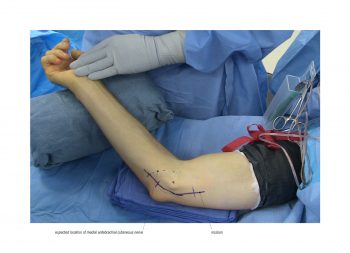
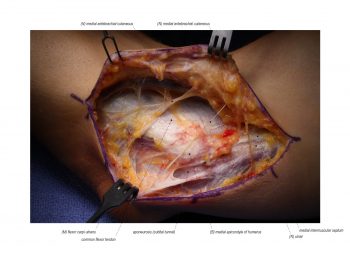
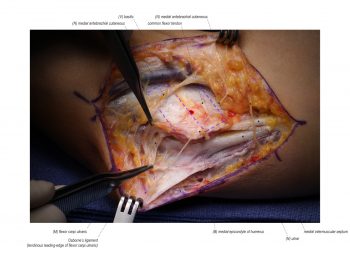
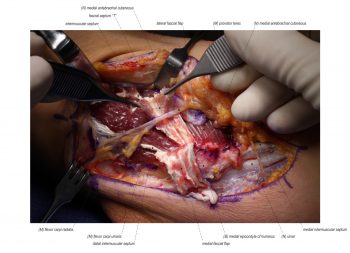
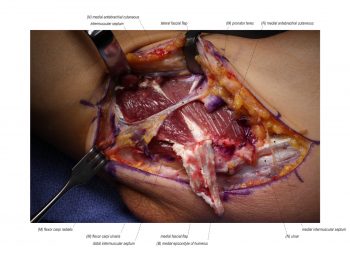
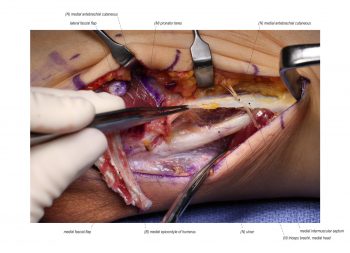
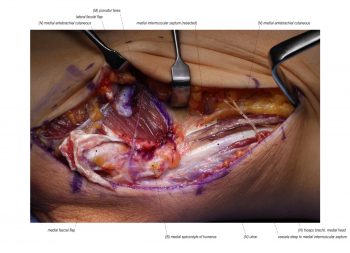
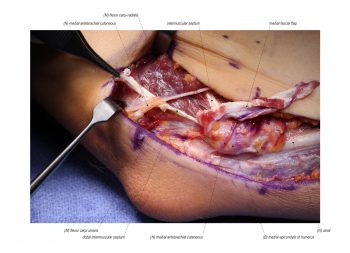
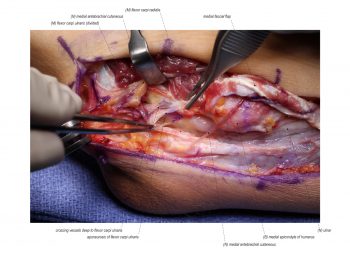
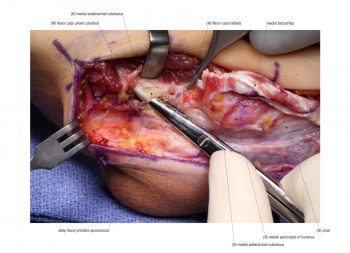
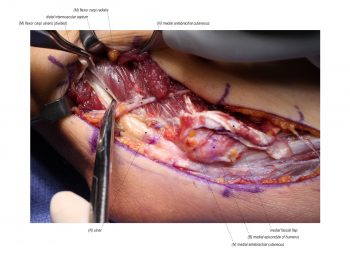
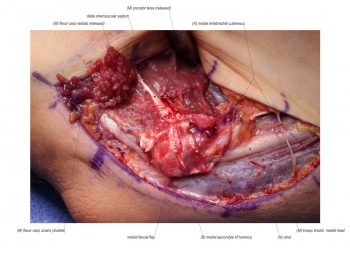
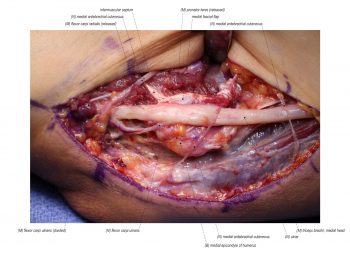
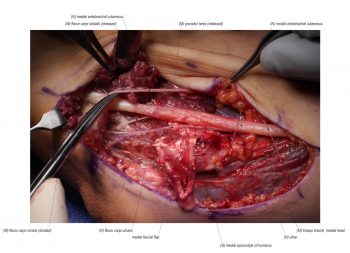
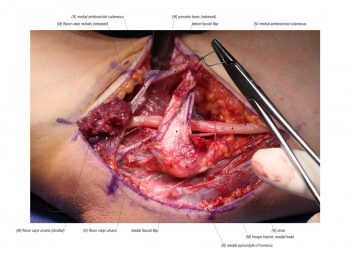
what kind of anesthesia do you use ? MAC, general or other ?